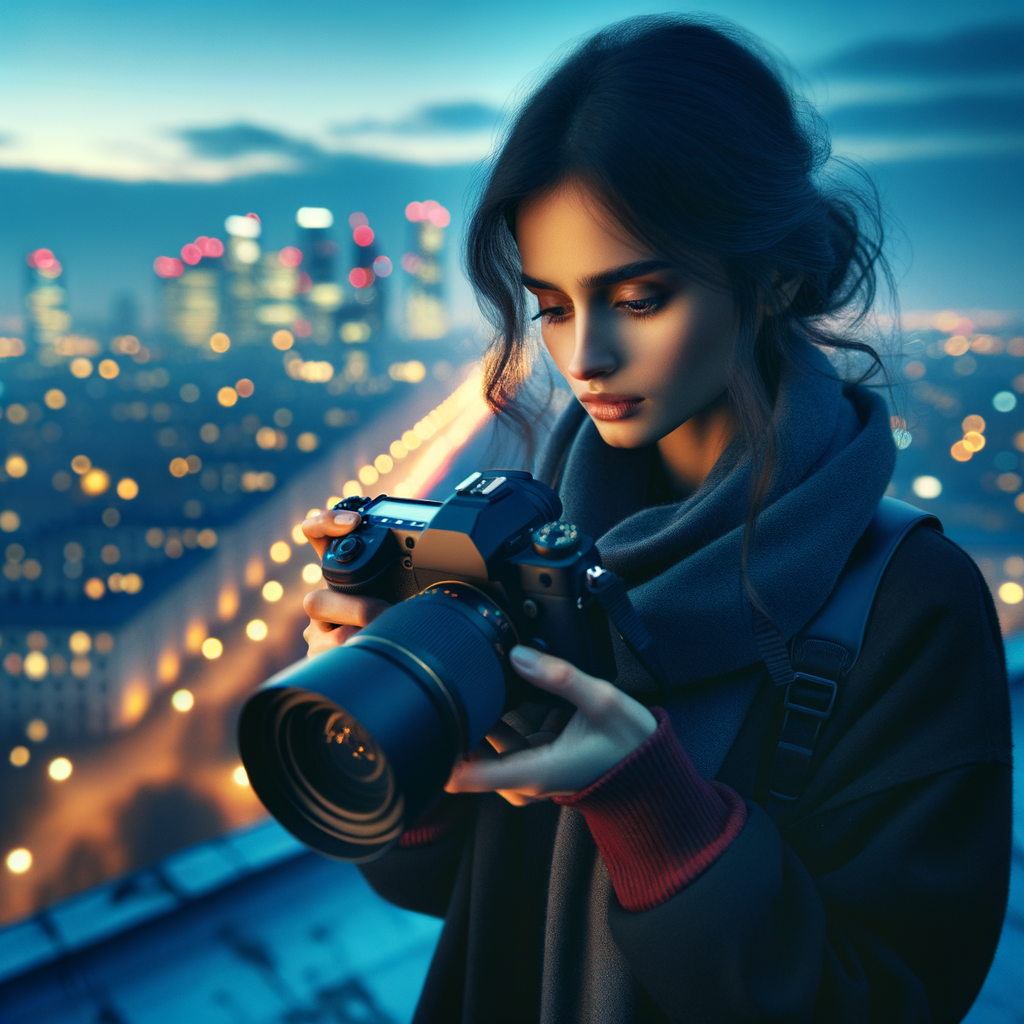
Low light photography can be challenging yet highly rewarding. Capturing stunning shots in such conditions requires a unique approach and an understanding of essential principles. In this article, we will explore key aspects of low light photography that will help you enhance your skills and achieve impressive results.
Shooting in low light conditions offers a chance to capture the beauty of what is often unseen by the naked eye. However, to achieve the best results, several important factors must be taken into account:
1. Understanding Exposure
Exposure is the amount of light that reaches the camera's sensor. In low light conditions, it's essential to capture enough light to avoid dark and blurry shots. Use the manual exposure settings on your camera to control the aperture, shutter speed, and ISO:
- Aperture: Open the aperture to the widest possible setting (for example, f/1.8 or f/2.8). A wide aperture allows more light to hit the sensor.
- Shutter Speed: Don’t be afraid to use a longer shutter speed (for example, 1/30 sec or longer) to increase the amount of light. Be cautious to avoid camera shake.
- ISO: Increase the ISO setting to make the sensor more sensitive to light. However, keep in mind that high ISO can introduce noise into your image.
2. Using a Tripod
If you are using long exposures, standard hand-holding techniques are typically insufficient to ensure sharpness in your shots. A tripod will help avoid blur and provide stability:
- Always use a tripod to stabilize your camera.
- Utilize a remote shutter or timer to minimize vibrations when pressing the shutter button.
3. Choosing the Right Lens
Lens selection also plays a role. Lenses with a large maximum aperture (for example, prime lenses) will be most suitable for low light shooting:
- Prime lenses, such as 50mm f/1.8 or 35mm f/1.4, provide excellent light-gathering capabilities and generally produce sharper images.
- If you have a zoom lens, choose the maximum aperture setting for the best results.
4. Post-Processing Images
Do not hesitate to use post-processing software to enhance your images. Programs like Lightroom or Photoshop allow you to adjust brightness, contrast, and reduce noise:
- Use exposure adjustment tools to improve details in shadows.
- Noise reduction filters can assist in improving image quality when using high ISO settings.
5. Practice and Experimentation
The more you practice, the better your skills will become. Remember to experiment with different settings and lighting scenarios.
In conclusion, low light photography presents a unique opportunity for creativity and self-expression. By following these tips and practicing regularly, you can create stunning photographs even in the most challenging conditions.


